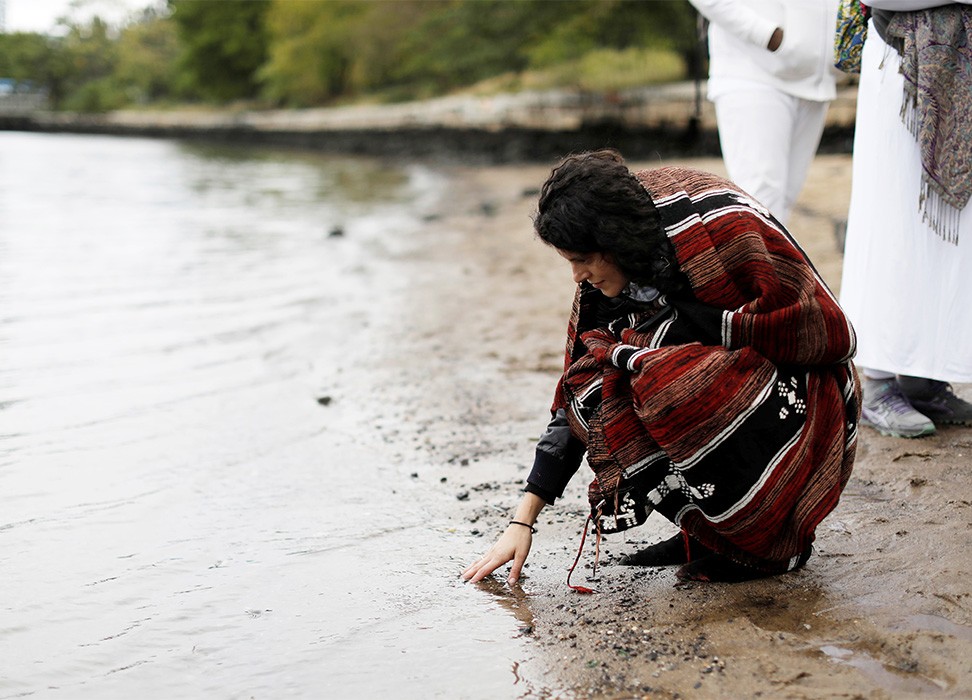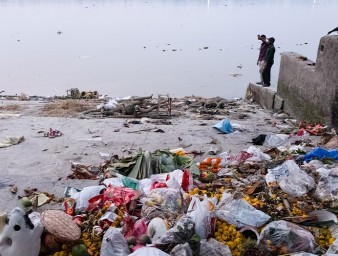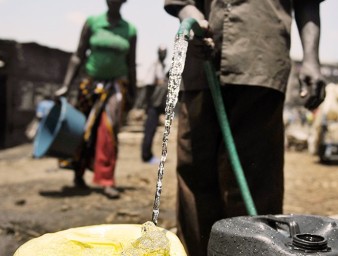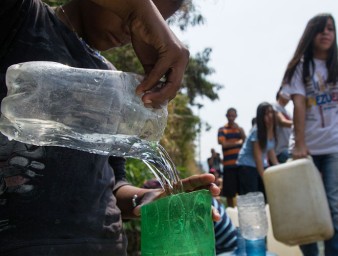Indigenous peoples face growing challenges to access safe water
14 October 2022

“Indigenous peoples offer us valuable ways to address the global water crisis through their traditional practices, both in terms of the sustainable management of aquatic ecosystems and the democratic governance of safe drinking water and sanitation,” said Special Rapporteur on the human rights to safe drinking water and sanitation Pedro Arrojo-Agudo.
Arrojo- Agudo made his statement while presenting his report on opportunities and challenges on water rights for indigenous communities during the Human Rights Council.
The world population of indigenous peoples, is estimated at 476 million individuals, representing 6.2 per cent of the world population, and living in more than 90 countries across the world. Globally, they represent 18.7 per cent of the extremely poor and around 33 per cent of those living in extreme poverty in rural areas.
“The territories of indigenous peoples comprise about 25 per cent of the world’s land surface, including approximately 40 per cent of all protected land areas and ecologically intact landscapes on their territories, indigenous peoples have preserved 80 per cent of the remaining terrestrial biodiversity,” the report states.
The availability of quality water in indigenous peoples’ territories was preserved due to their sustainable practices as well as difficult accessibility of their territories, the report adds. However, the impact of extractivism on natural resources, compounded with the effects of climate change, has meant many indigenous peoples no longer have access to safe drinking water under international human rights standards.
Voicing their concerns, indigenous peoples pointed out numerous challenges that they face that have undermined their access to clean water and proper sanitation, the report states. Some of these include: pollution of available water resources, lack of consultation on policies and projects affecting their water and sanitation rights, and water and sanitation projects not having a sustainable strategy to prevent funding exhaustion.
One of the biggest barriers to indigenous peoples’ access to water and sanitation is that many countries “deny the very existence of their indigenous peoples, turning a blind eye on international agreements,” Arrojo- Agudo said.
As a result, land and water grabbing are ongoing in the territories of indigenous peoples, through the construction of large hydroelectric dams, the growth of agribusiness, mining operations, deforestation and tourism developments, which disregard the rights of indigenous peoples, as well as damage and contaminate their water sources, the report states.
Water as a common good
In the worldviews of indigenous peoples, water belongs to everyone and should remain available to all, as a common good, the report states. Their approach offers a valuable example of community-based management of safe drinking water and sanitation, highlights the report.
Their beliefs and practices offer “a genuine expression of the sustainability and eco-systemic approach, which today we are trying to promote in the planning and management of water throughout the world,” said Arrojo-Agudo. Moving forward, Arrojo-Agudo noted that in order to guarantee compliance with the rights of indigenous peoples and effective control over their territories, their right to free, prior and informed consent should be implemented before and during any action that affects them, including actions that affect their water and aquatic ecosystems.
“States must put in place the necessary means to ensure that indigenous peoples enjoy their human rights to safe drinking water and sanitation, inclusive of an intercultural dialogue that is respectful of their ancestral worldviews, knowledge and practices,” he said.



